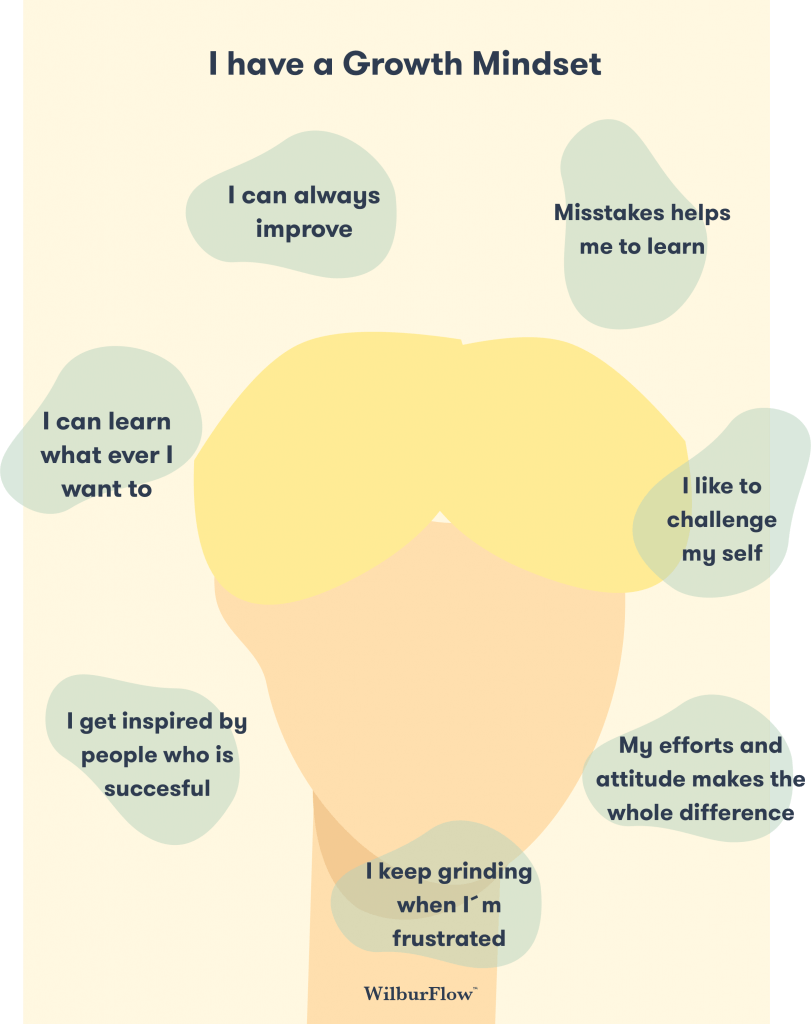I've seen my fair share of failures when it comes to transforming businesses and making them digital. My own biggest blunder has been the belief that digital transformation was about using new technology, creating digital services, and presenting digital customer experiences. Don't get me wrong; I still find it incredibly important to research, develop, and use new technologies to offer new products and services. And I believe it's equally important to create processes and structures that facilitate effective technology development.
I now realize that the biggest enabler to transformation is simply people because digital transformation is not about technology but rather about constantly evolving organizations.
Digital technology is enabling companies to increase efficiency to levels that even a few years ago would have been unthinkable. Instead of fighting the digital transformation, people and organizations must start developing knowledge and skills that will constantly change. But it's not just about specific knowledge; it's also about having the right mindset.
Develop a Mindset for Growth and Constant Change

In an effort to keep up with the digital transformation, many companies are investing heavily in consultants and external innovation projects. Some companies invest in providing their employees with technical skills and teaching them to use specific systems and software.
Unfortunately, neither will help the organization in the long term. The reason why it does not help companies, in the long run, is that it doesn't change the company itself. When everything around a company changes, the company must change as well. People must acquire digital skills, and above all, they must acquire a mindset for growth, continuous development, and change.
Companies need to fill their organization with these people to cope with the digital transformation.
At a time when new digital solutions are the norm, we all need to have an attitude to change where we stay updated and relevant. As change leaders, we must focus on people first and technology second.
